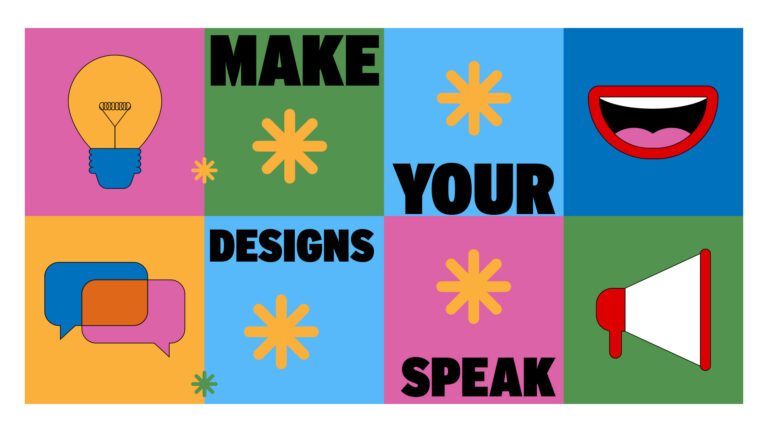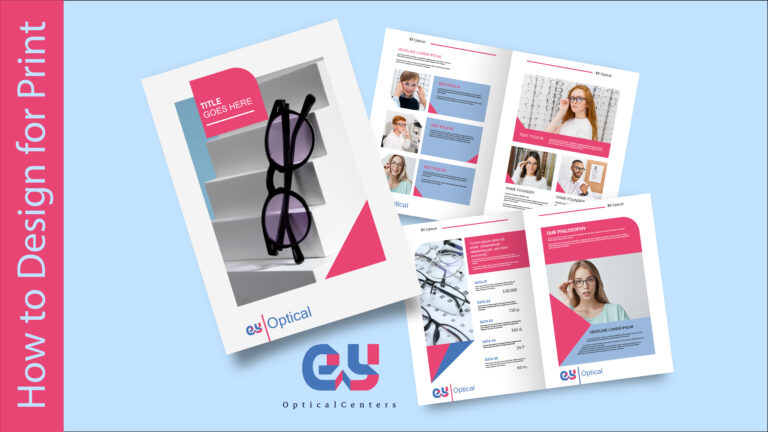n the fast-paced world of visual communication, where attention spans are shrinking and content overload is a daily reality, minimalism has emerged as a powerful design philosophy. The idea that “less is more” resonates deeply in graphic design, and for good reason. Minimalism is not about cutting corners or oversimplifying; it’s about creating designs that are clear, impactful, and timeless.
What is Minimalism in Design?
Minimalism in graphic design is characterized by clean lines, simple typography, and the deliberate use of negative space. It emphasizes essential elements while removing anything that doesn’t contribute to the core message. This design approach focuses on functionality and clarity, ensuring that the design’s purpose is immediately apparent.



Why Minimalism Works So Well
- Clarity and Focus
Minimalist designs remove distractions, allowing the viewer to focus on the most critical elements. Whether it’s a logo, website, or advertisement, a clean design ensures the message is clear and unambiguous. - Timeless Appeal
Unlike overly complex designs that can quickly become outdated, minimalist designs have a classic, timeless quality. They transcend trends, making them a long-lasting choice for brands. - Improved Usability
In web and app design, minimalism enhances usability by reducing clutter and guiding users to the most important features or information. It improves navigation and creates a seamless user experience. - Emotional Impact
Minimalist designs evoke feelings of calm, order, and sophistication. This emotional connection can create a stronger bond between the brand and its audience. - Versatility
Minimalist designs adapt well across different mediums and devices. Whether it’s a billboard or a mobile screen, the simplicity of minimalism ensures the design remains effective.
Key Principles of Minimalist Design
To create minimalist designs that truly resonate, it’s essential to adhere to a few core principles:
- Use Negative Space Wisely
Negative space, or “white space,” isn’t just empty—it’s a vital design element that helps balance and organize your layout. - Limit Your Color Palette
Stick to two or three complementary colors to maintain visual harmony and avoid overwhelming the viewer. - Choose Simple Typography
Clean, legible fonts are the cornerstone of minimalist design. Sans-serif fonts often work best, but the key is to prioritize readability. - Focus on the Essentials
Strip your design down to its core elements. Ask yourself: does this element add value? If not, remove it. - Ensure Alignment and Symmetry
Consistent alignment and symmetry create a sense of order and professionalism.

Examples of Minimalism in Action
- Apple
Apple’s branding is a masterclass in minimalism. Their clean designs and focused messaging allow their products to shine without unnecessary distractions. - Google
Google’s homepage is an iconic example of minimalist web design. A single search bar and logo dominate the page, directing users exactly where they need to go. - IKEA
IKEA’s product catalogs and advertisements use minimalism to highlight their affordable yet stylish furniture, keeping the focus on the products.
How to Incorporate Minimalism into Your Designs
- Start with a clear objective and remove anything that doesn’t serve that purpose.
- Use grids and templates to maintain alignment and consistency.
- Experiment with scaling and positioning to make key elements stand out.
- Regularly seek feedback to ensure your designs are as effective as they are simple.
Conclusion
Minimalism is more than just a design trend; it’s a powerful tool for effective communication. By stripping designs down to their essence, you can create visuals that are both aesthetically pleasing and highly functional. As brands and designers strive to cut through the noise, minimalism offers a way to stand out with clarity and elegance.
Whether you’re designing a logo, a website, or a marketing campaign, remember: sometimes, less truly is more.
Let us know if you’d like assistance in creating minimalist designs for your next project!




